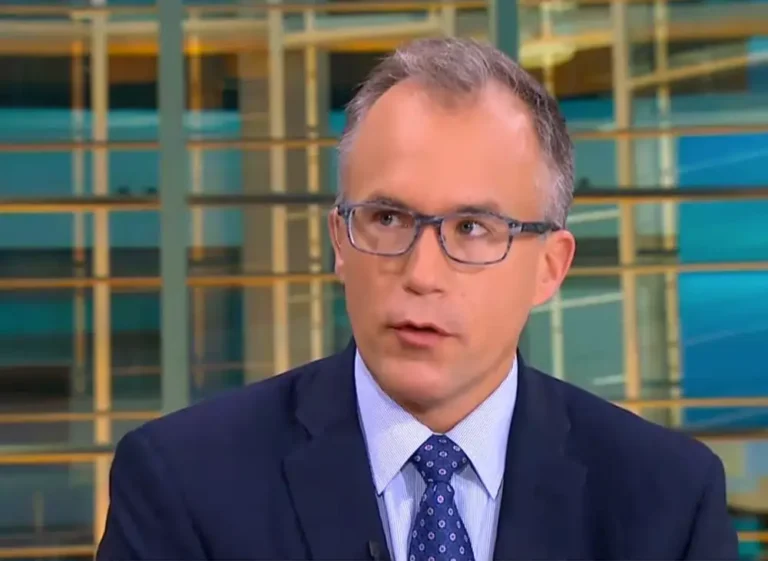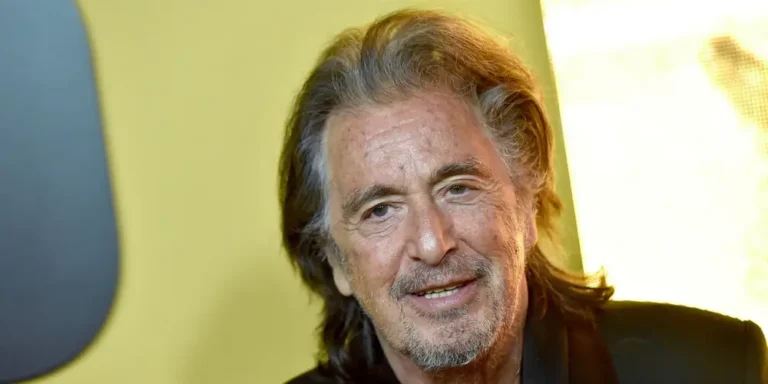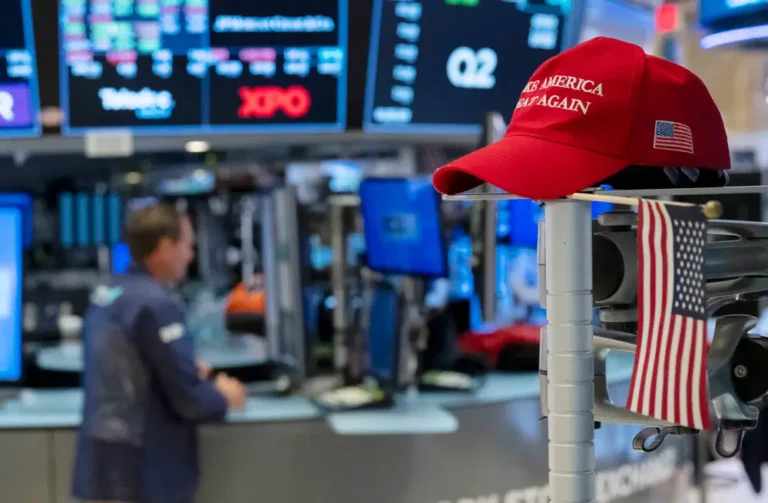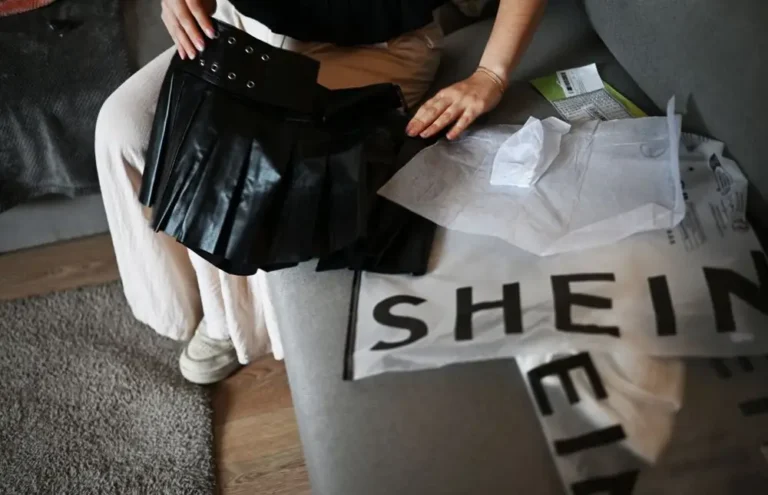Adidas is getting back on track after Yeezy woes
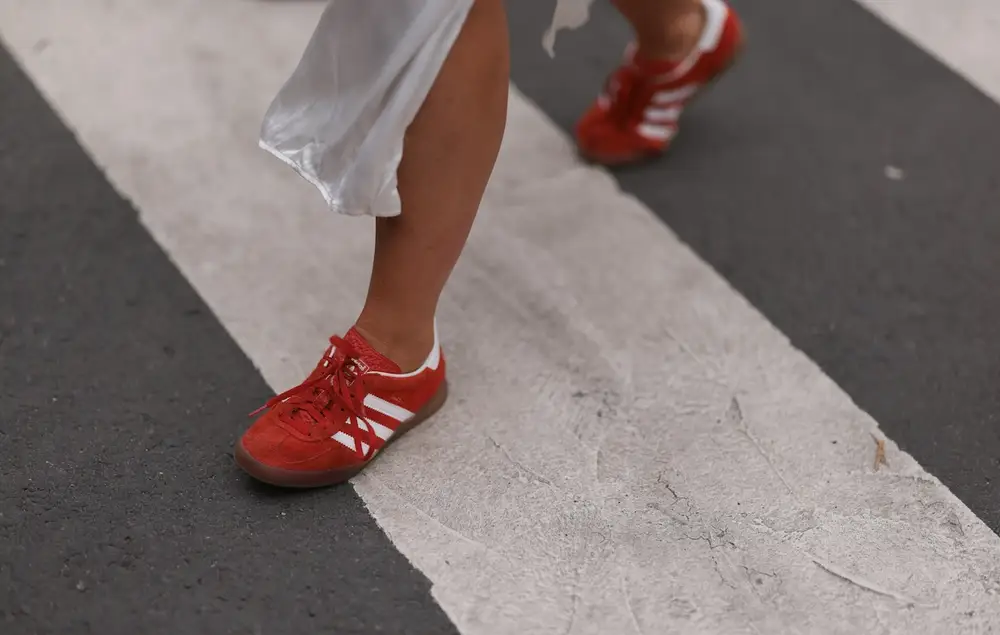
The sportswear giant reported strong third-quarter growth on Tuesday.
Adidas’ comeback is in full swing.
The sportswear giant reported strong third-quarter growth on Tuesday, with currency-neutral revenues increasing by 10% across the group. Operating profit jumped to 598 million euros ($646 million) from 409 million euros ($442 million) the year before.
While the company reported a 9% increase in revenue in China, there was a 7% fall in the US. Adidas attributed the dip to a Yeezy-related decline.
The brand terminated its lucrative partnership with Ye, formerly Kanye West, in 2022 and was left with millions of dollars worth of Yeezy inventory. Adidas said Tuesday that it had reached an out-of-court settlement with Ye to end all legal proceedings between them.
Bjørn Gulden, who took over as Adidas CEO in 2023, said the Q3 numbers were evidence that Adidas is “moving in the right direction.”
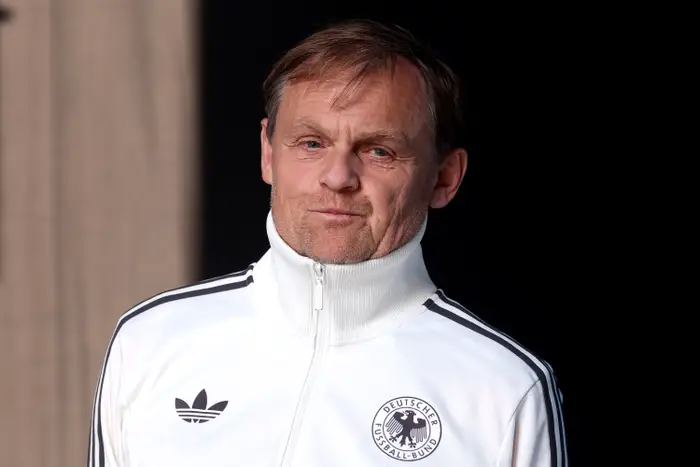
CEO Bjørn Gulden was appointed as the company was reeling after the end of its Yeezy collection.
“Our focus is now to continue this momentum and to build a solid platform for future growth and to make Adidas a great company again,” Gulden said.
Adidas stock dipped slightly on Wednesday but is up 20% since the start of the year, valuing the company at almost 40 billion euros ($43 billion).
Success in a crowded field
It is not easy to maintain momentum and capture consumer attention as a brand, especially in the sportswear sector.
Retail analyst Neil Saunders told B-17 that “Adidas is firmly on the front foot” right now.
“The business seems to have a very clear sense of what it wants to do and its mission. This is seen in good innovation, strong fashion statements, and marketing that is resonating with consumers,” he said.
One of the reasons Adidas is finding success in the increasingly competitive athleisure and footwear industry is through the revival of retro styles such as the Adidas Samba, which was coronated the “It Shoe” of 2023.
When Gulden took over the company last year, he said he would focus on wholesale and capitalize on the popularity of its classic sneaker silhouettes.
He has since ramped up production of the Samba and Gazelle sneakers — a staple of the 1990s style that has become popular with Gen Z.
While Adidas might be thriving, its biggest competitors are facing headwinds.
Gulden joined Adidas from Puma, whose stock is down 16% this year. The German company recently lowered its annual profit forecast, blaming factors including higher freight costs and muted consumer sentiment, especially in China.
Nike’s stock price is down nearly 30% year-to-date. The sportswear giant, which recently appointed a new CEO, has been trying to execute a turnaround after seeing declining sales in recent quarters.
Matthew Quint, director of the Center on Global Brand Leadership at Columbia Business School, told B-17 the consumer landscape has shifted and newer brands are starting to take market share.
“There’s so much more choice. Nike has struggled for a range of reasons, as we know now, and part of it is the growth of a company like On and Hoka,” Quint said, referring to these newer brands.


